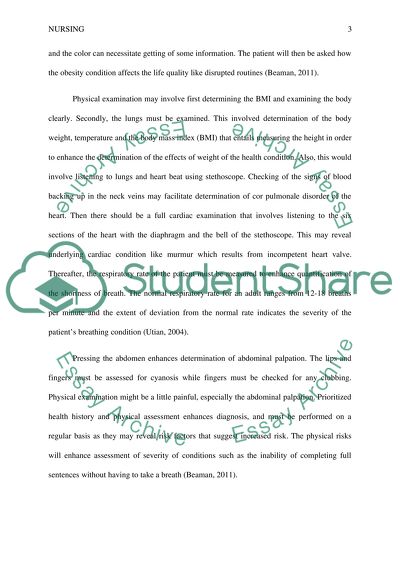Cite this document
(“Nursing Assessment Coursework Example | Topics and Well Written Essays - 2000 words”, n.d.)
Nursing Assessment Coursework Example | Topics and Well Written Essays - 2000 words. Retrieved from https://studentshare.org/nursing/1481197-nursing-assessment
Nursing Assessment Coursework Example | Topics and Well Written Essays - 2000 words. Retrieved from https://studentshare.org/nursing/1481197-nursing-assessment
(Nursing Assessment Coursework Example | Topics and Well Written Essays - 2000 Words)
Nursing Assessment Coursework Example | Topics and Well Written Essays - 2000 Words. https://studentshare.org/nursing/1481197-nursing-assessment.
Nursing Assessment Coursework Example | Topics and Well Written Essays - 2000 Words. https://studentshare.org/nursing/1481197-nursing-assessment.
“Nursing Assessment Coursework Example | Topics and Well Written Essays - 2000 Words”, n.d. https://studentshare.org/nursing/1481197-nursing-assessment.


